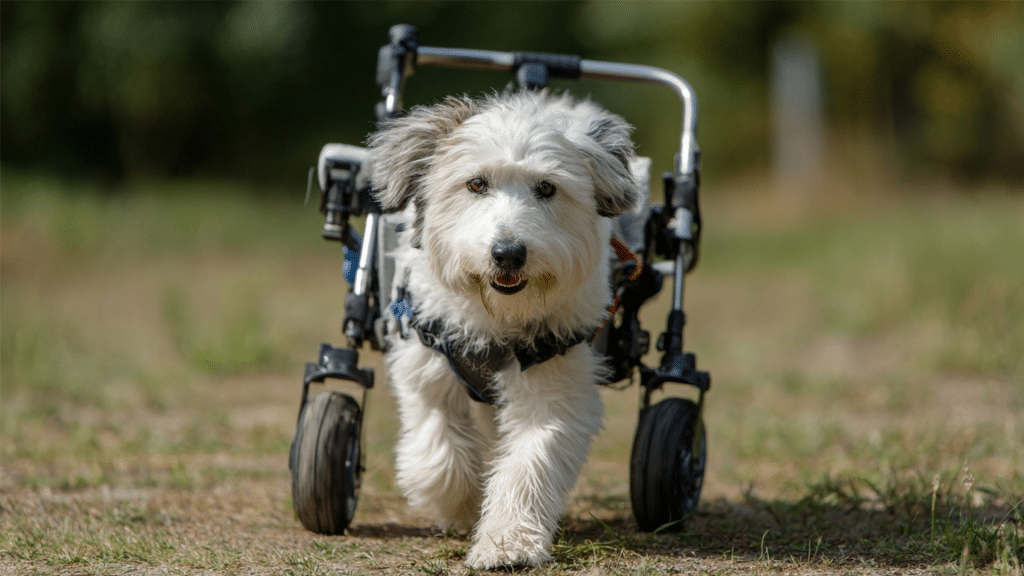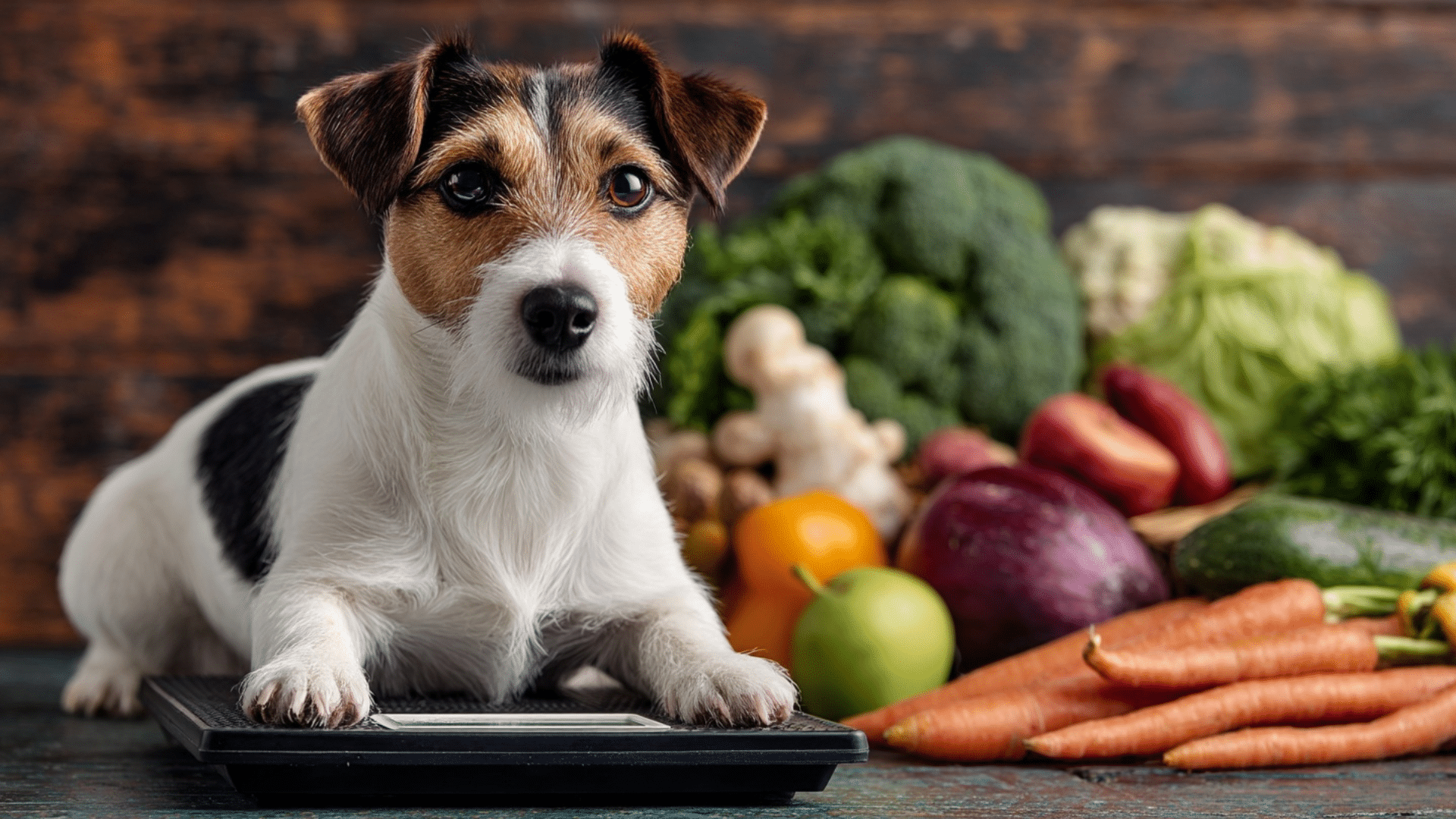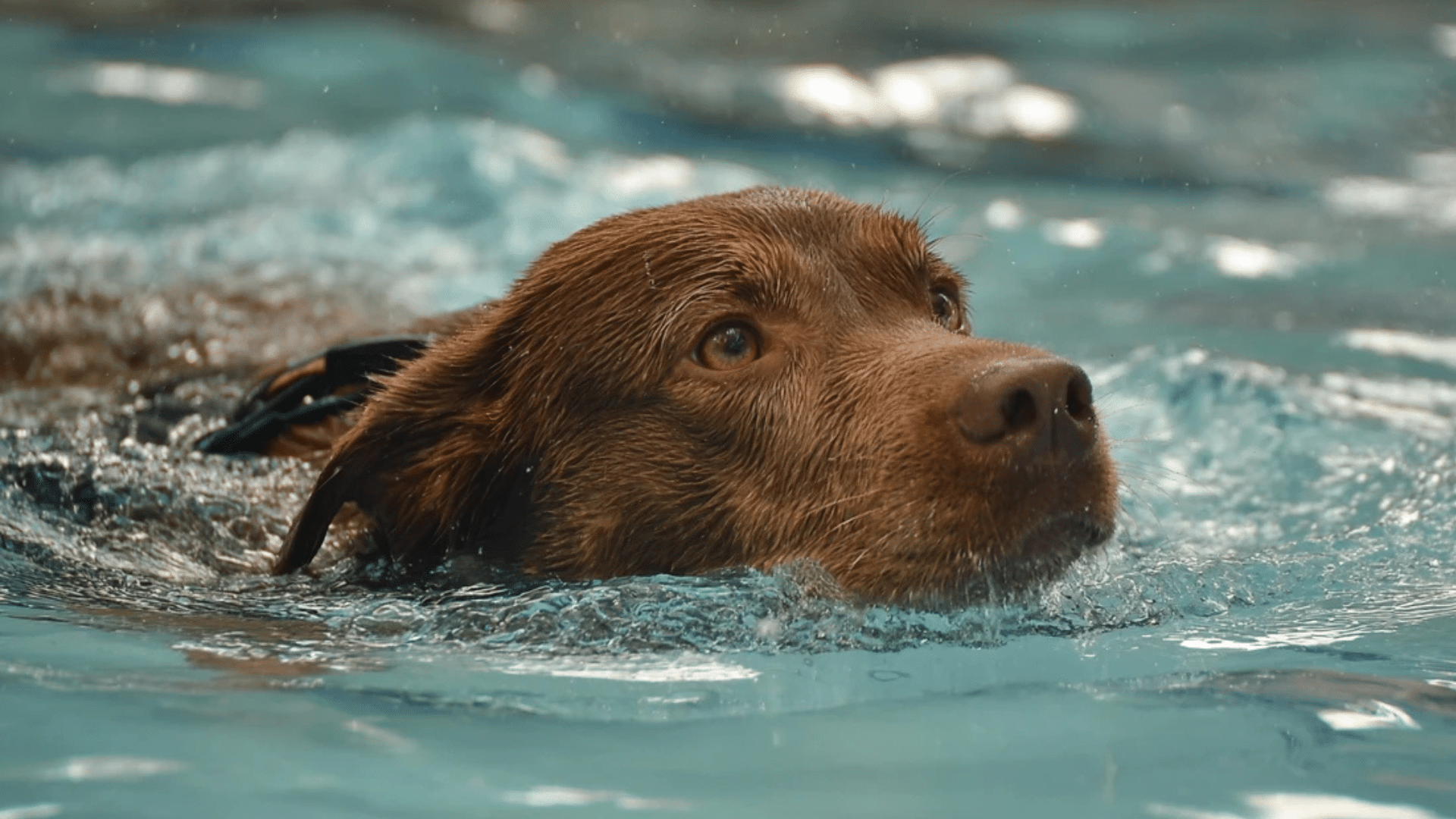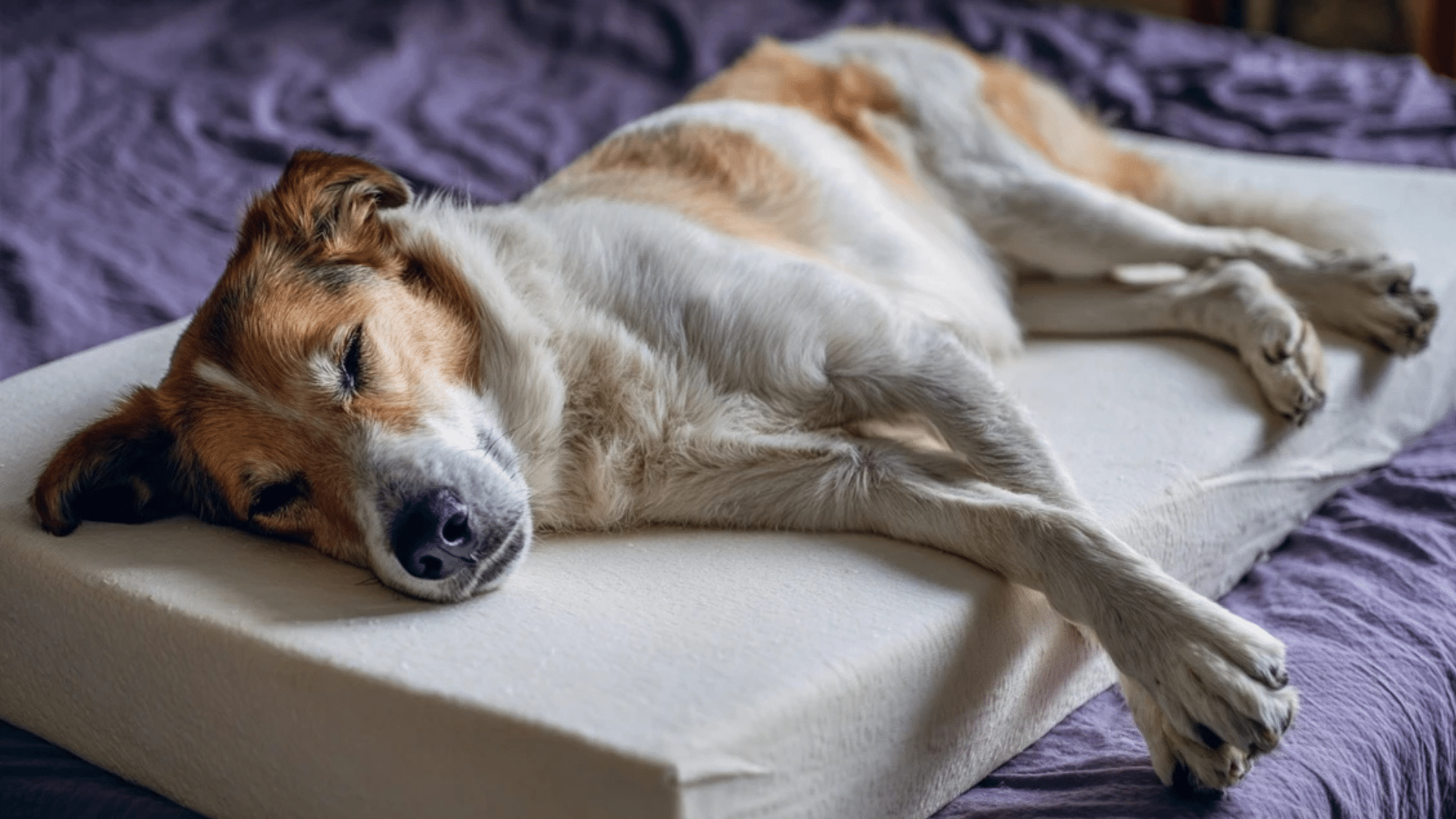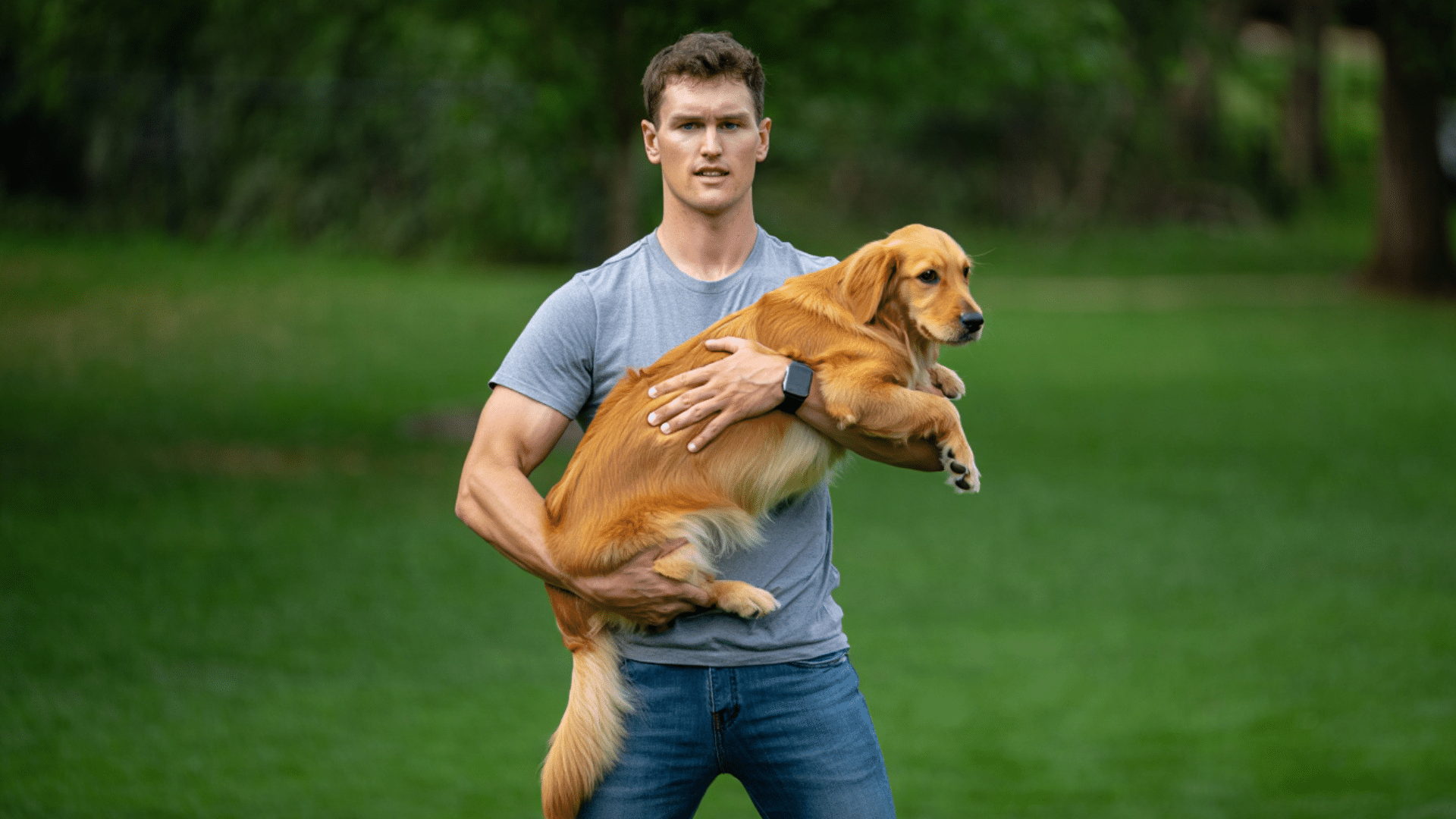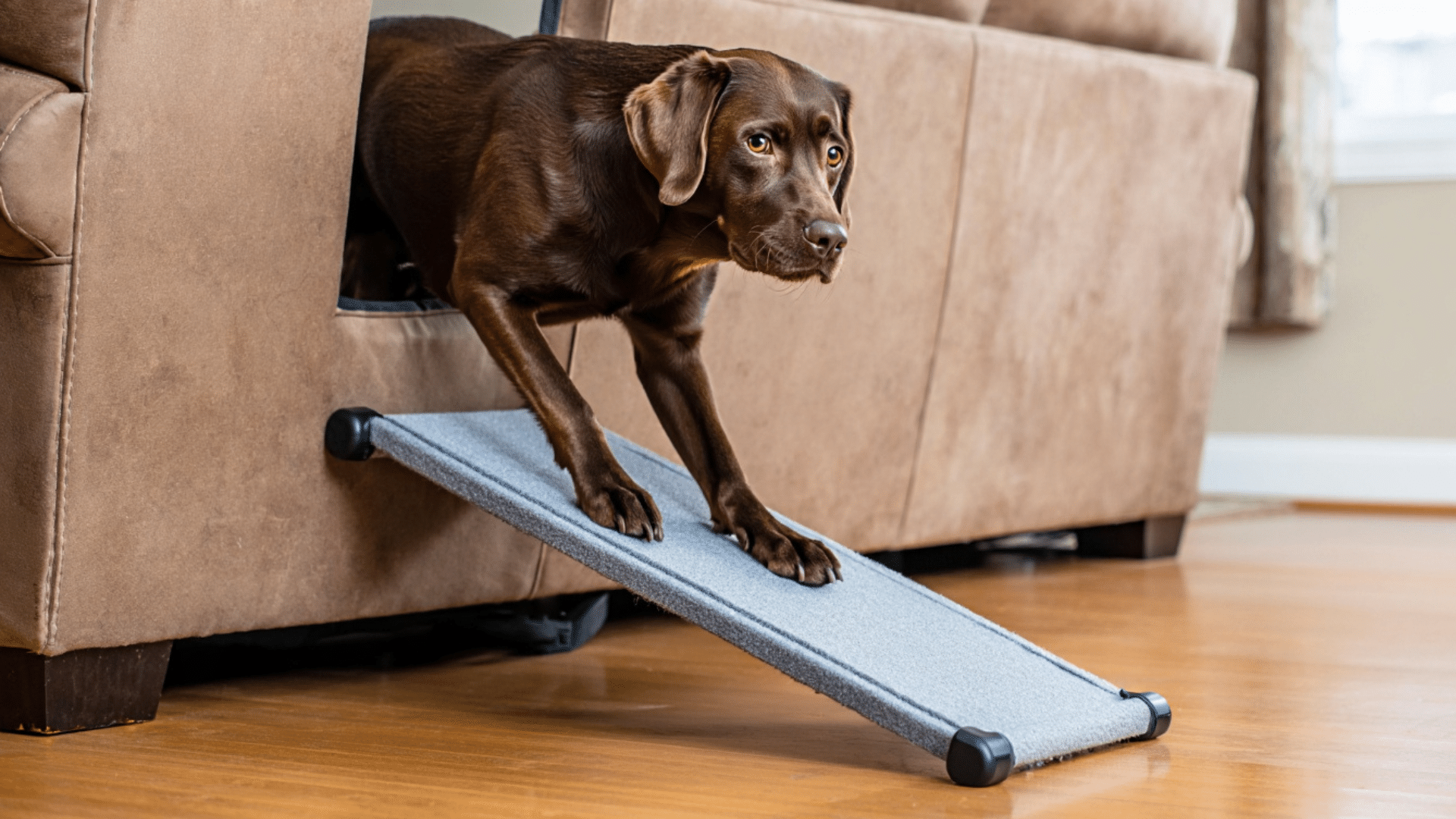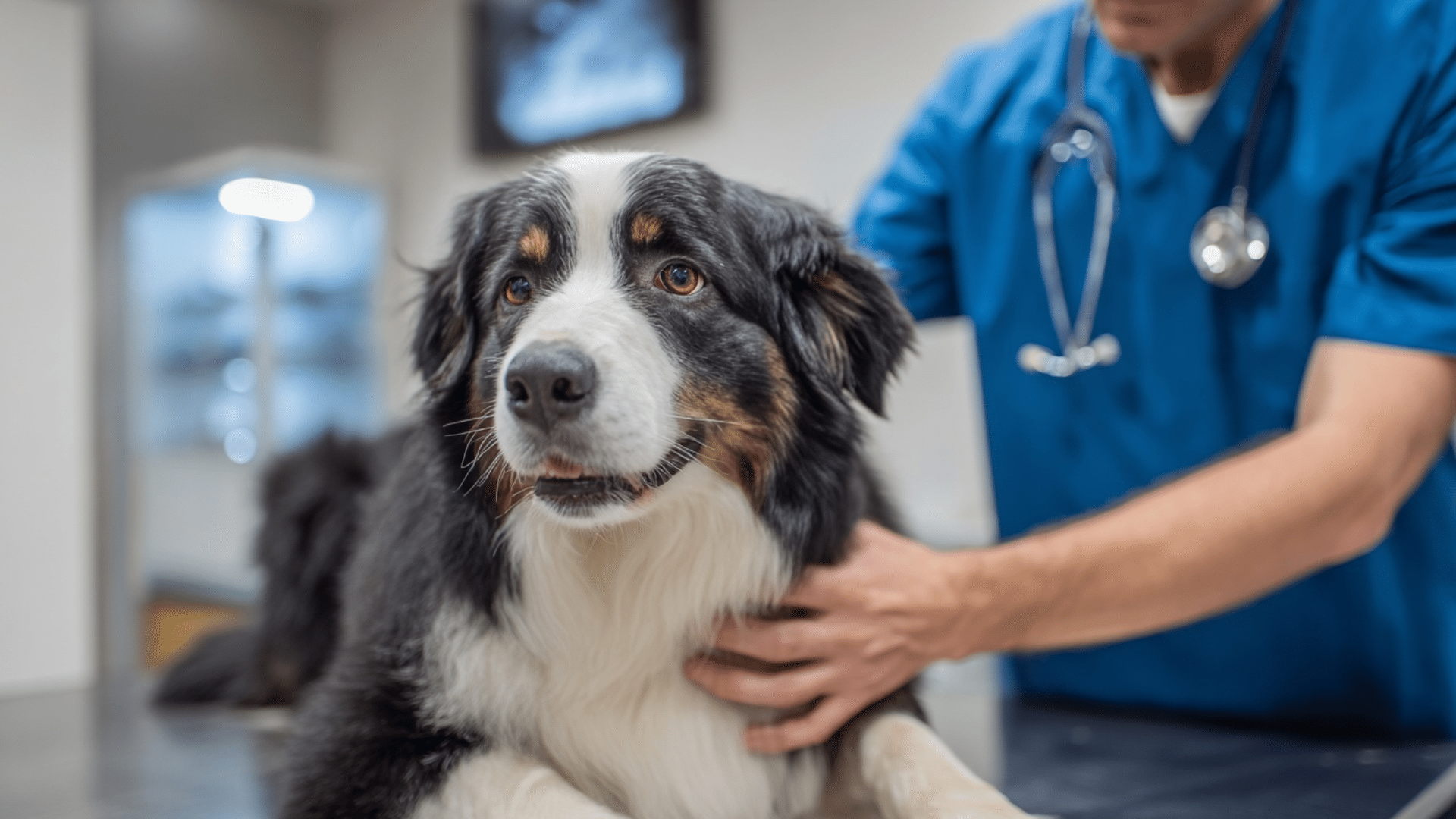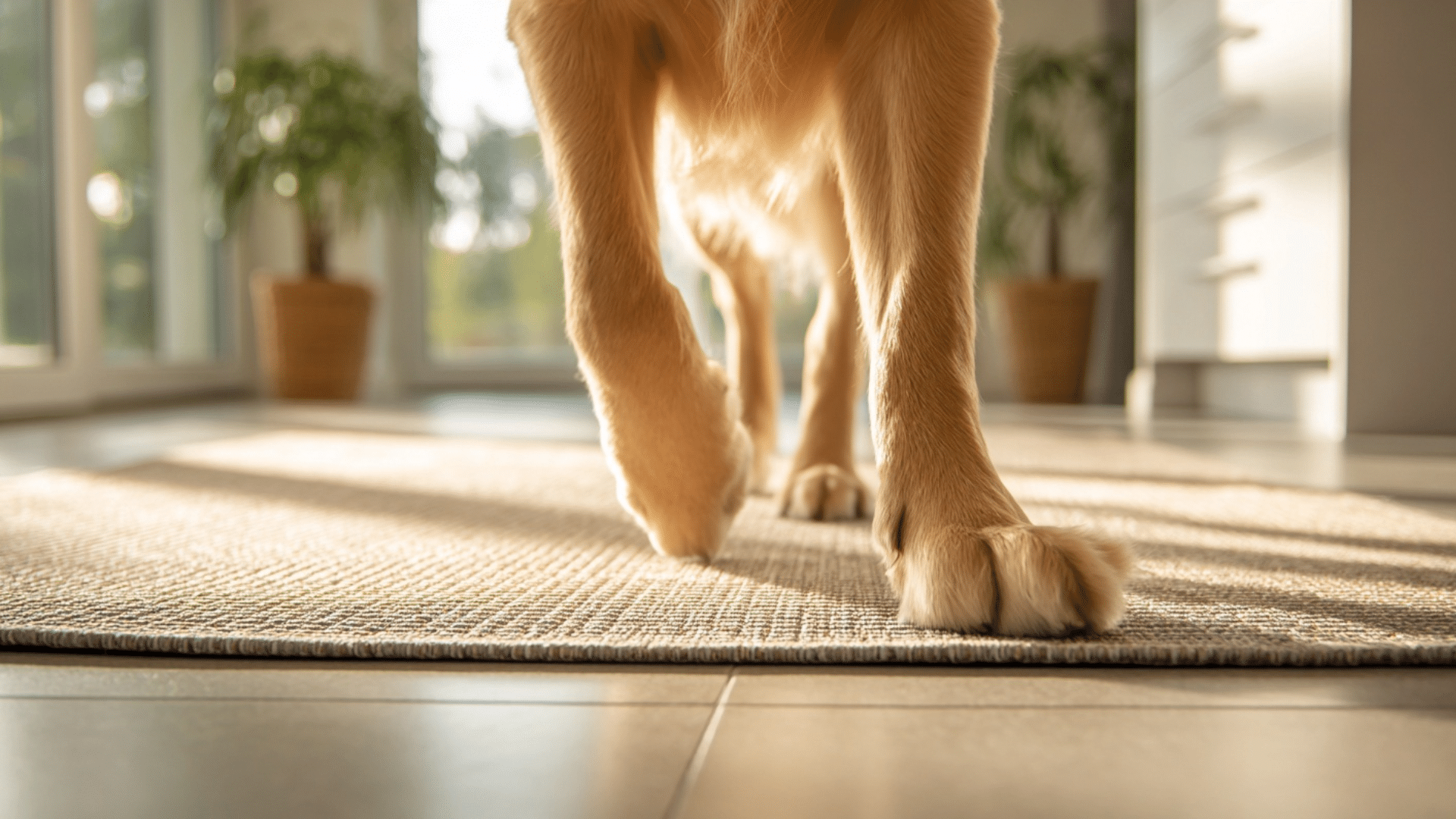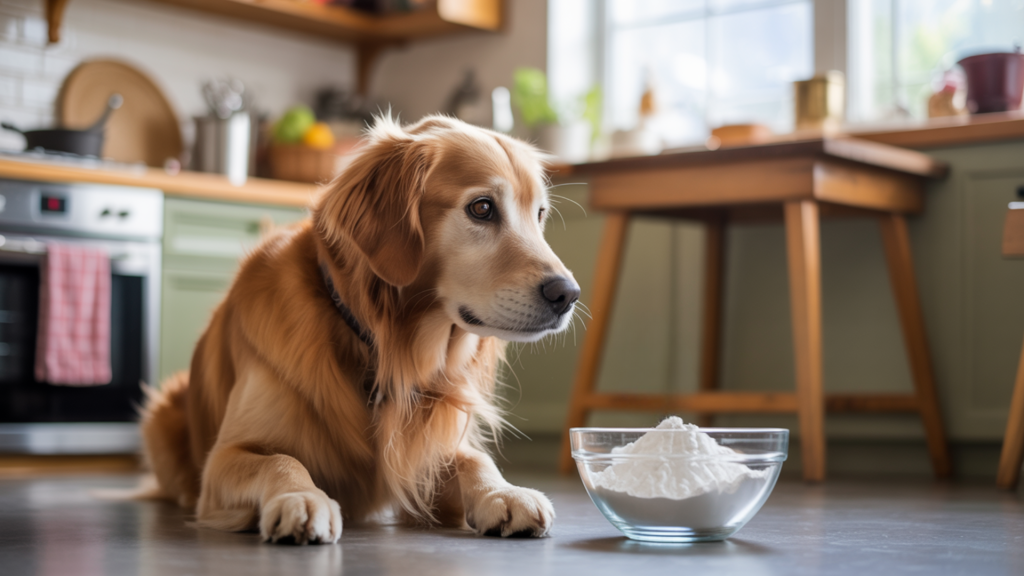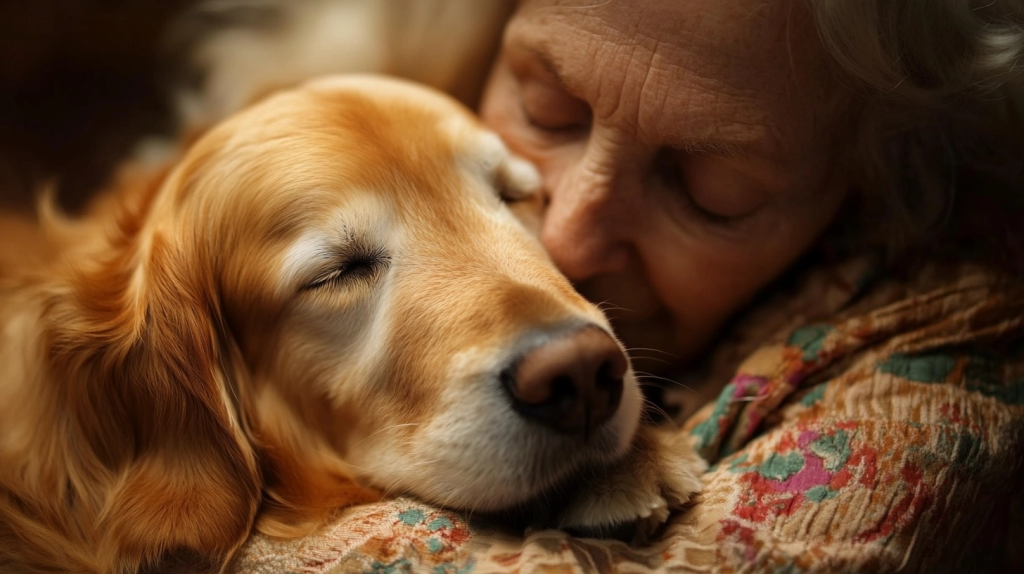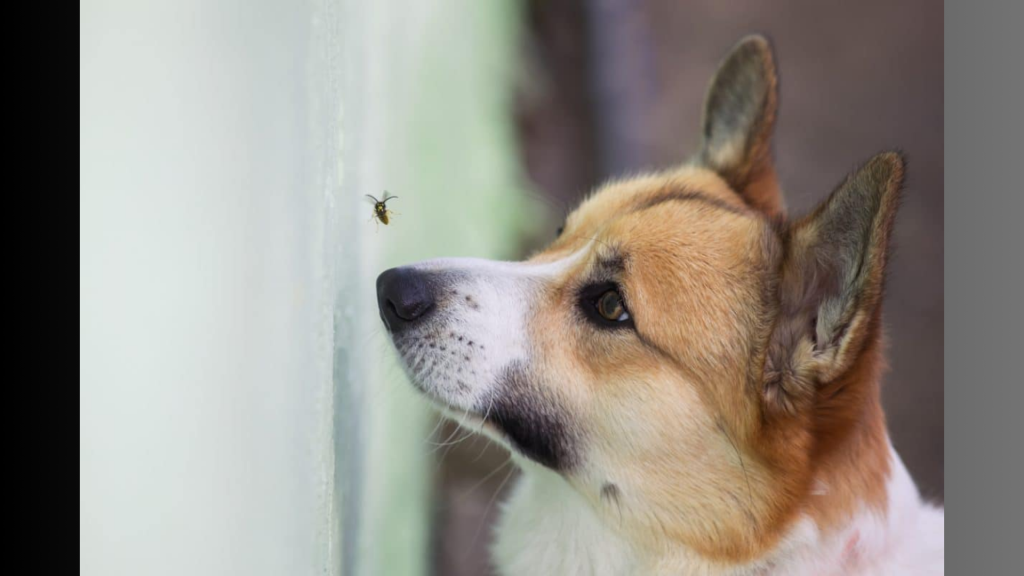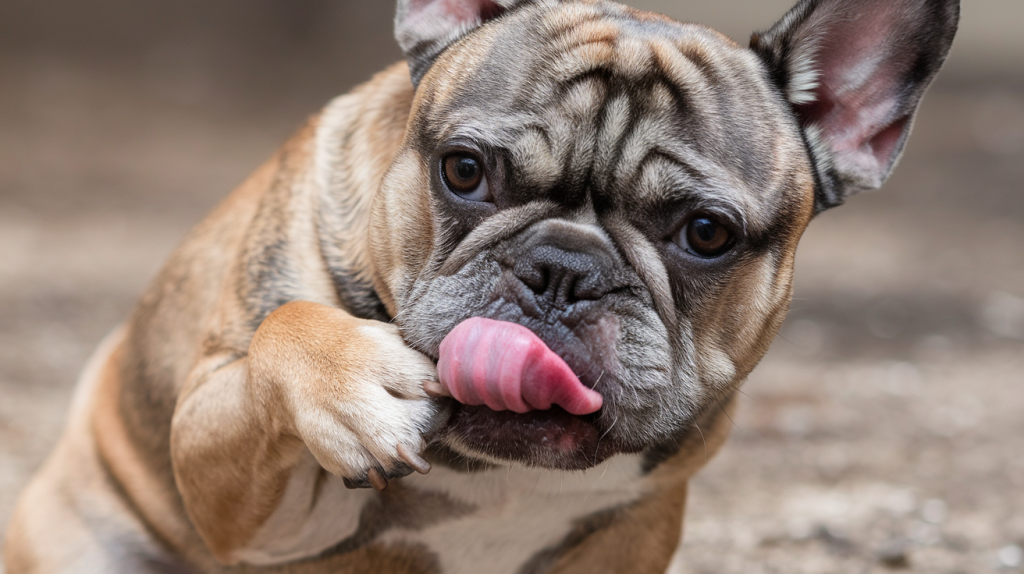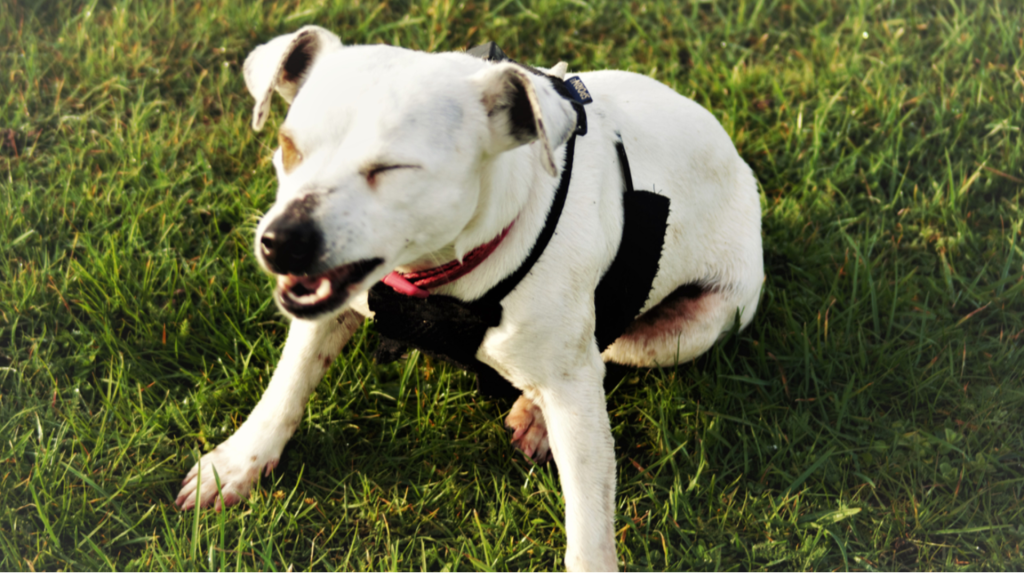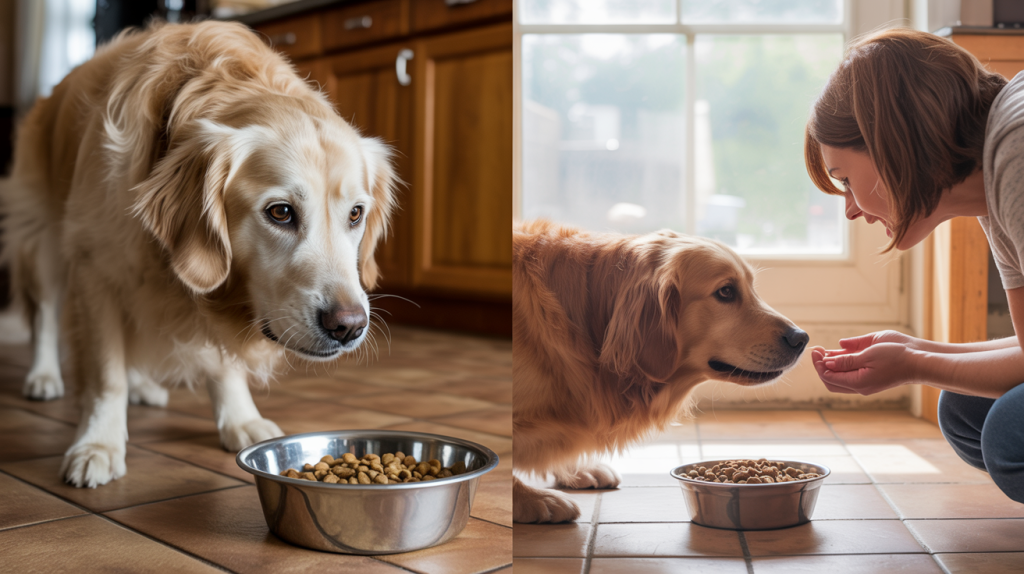Ever watched your dog jump off the couch and felt that little pang of worry about their back? If you’ve got a Dachshund, Corgi, or any long-bodied breed, that concern is totally justified.
Intervertebral Disc Disease (IVDD) can turn a playful pup into a dog struggling with pain, mobility issues, or even paralysis.
Many pet parents don’t realize how to prevent IVDD in dogs until it’s too late. IVDD doesn’t just happen overnight; it’s often preventable with the right knowledge and daily habits.
By the end, you’ll have a complete game plan to keep your dog’s back healthy and strong for years to come.
Understanding IVDD and the Importance of Spinal Health
Spinal health is crucial for your dog’s overall well-being because the spine supports their body and helps with movement. When a dog suffers from spinal problems like Intervertebral Disc Disease (IVDD), it can cause pain, weakness, and even paralysis.
This disease happens when the discs between the vertebrae deteriorate or slip out of place, pressing on the nerves.
Keeping your dog’s spine healthy ensures they can move comfortably, play, and enjoy life.
Regular exercise, a balanced diet, and proper care can help prevent spinal issues and keep your dog active and pain-free for years.
Risk Factors and Symptoms of IVDD in Dogs
Knowing the risk factors and being aware of the symptoms of Intervertebral Disc Disease (IVDD) can help you protect your dog from spinal issues. Here’s what you need to know:
Risk Factors to Watch For:
- Genetics: Certain breeds, like Dachshunds and French Bulldogs, are more prone to IVDD.
- Age: Older dogs are at higher risk due to natural spine wear and tear.
- Obesity: Extra weight puts additional stress on the spine, increasing injury risk.
- Activity Level: Both inactivity and overexertion can damage the spine.
- Past Injuries: Dogs with prior back injuries are more likely to develop IVDD.
Symptoms You Shouldn’t Ignore:
- Pain & Sensitivity: Yelping or flinching when touched, especially along the back, signals discomfort.
- Difficulty Moving: Hesitation to walk, jump, or climb stairs can indicate spinal pain.
- Weakness or Paralysis: Difficulty moving the rear limbs may show signs of spinal damage.
- Posture Changes: A stiff neck or hunched back can be a sign of spinal problems.
- Loss of Coordination: Wobbling or stumbling while walking may indicate IVDD.
- Incontinence: Difficulty controlling bladder or bowel movements may point to severe IVDD.
- Shaking or Trembling: Persistent shaking may indicate pain or discomfort in the spine.
If you spot any of these symptoms, it’s crucial to consult a vet as soon as possible to prevent further damage.
Breed Spotlight: IVDD in French Bulldogs
French Bulldogs are charming and playful, but their unique body structure makes them more prone to French Bulldog IVDD (Intervertebral Disc Disease).
Their short legs and compact bodies put extra pressure on their spine, increasing the risk of spinal problems.
This breed is particularly vulnerable to IVDD in French Bulldogs as they age.
To protect them, it’s important to manage their weight, avoid high-impact activities like jumping from heights, and provide supportive bedding. Additionally, regular vet check-ups can help catch any early signs of IVDD before it becomes serious.
With proper care, you can help your French Bulldog stay active and comfortable for years to come.
Lifestyle Methods to Prevent IVDD in Dogs
To learn how to prevent IVDD in dogs, making a few lifestyle changes can make a big difference.
By following these simple methods, you can help keep your dog’s spine healthy and reduce the risk of developing this painful condition.
Method 1: Weight Management
Keeping your dog at a healthy weight reduces pressure on their spine, helping to prevent disc degeneration.
Extra weight strains joints, making the spine more vulnerable to injury. Regular exercise and portion control help maintain an ideal weight for their breed.
Method 2: Controlled Exercise & Avoid High-Impact Activities
Low-impact exercises like walking or swimming strengthen your dog’s muscles without overloading the spine.
Avoid activities like jumping from heights, which can cause excessive strain. A balanced routine will keep their spine strong and reduce the risk of IVDD.
Method 3: Proper Spinal Support During Rest
Orthopedic or memory foam beds provide even support to your dog’s spine while they sleep.
This helps reduce pressure on the discs and promotes proper spinal alignment. A comfortable resting place prevents strain during recovery and reduces discomfort.
Method 4: Correct Lifting Technique
When lifting your dog, support both their chest and hindquarters evenly to avoid strain on their back.
Lifting improperly can cause injury, especially in dogs prone to IVDD. Always bend your knees and lift with your legs to keep your spine aligned.
Method 5: Use Ramps & Stairs
Use ramps or stairs to help your dog access high places, avoiding harmful jumps that stress the spine.
Jumping from furniture or into a car can cause a sudden impact and risk spinal injury. Ramps provide a safe, gradual way to climb without strain.
Method 6: Regular Vet Check-ups
Routine vet visits help detect early signs of spinal issues before they become severe. Your vet can provide advice on maintaining spinal health and recommend preventive measures.
Regular check-ups ensure your dog’s spine stays in good condition as they age.
Method 7: Creating a Safe Environment with Non-Slip Flooring
Use non-slip rugs or mats around the home to prevent slipping accidents, which can lead to spinal stress or injury.
Safe flooring protects your dog’s joints and spine, providing a stable surface that reduces the risk of falls and strain.
Fueling Your Dog’s Spinal Health with Nutrition
This table summarizes the essential nutrients for maintaining your dog’s spinal health and keeping their spine strong and healthy.
| Nutrient | Benefit for Spinal Health | Sources |
|---|---|---|
| Omega-3 Fatty Acids | Reduce inflammation and support joint and spine health. | Fish oil, salmon, flaxseed, and chia seeds |
| Glucosamine & Chondroitin | Help maintain cartilage and spinal disc health. | Supplements, chicken cartilage, and certain dog foods |
| Antioxidants | Protect the spine from oxidative stress and support tissue repair. | Blueberries, spinach, carrots, and sweet potatoes |
| Protein & Amino Acids | Strengthen muscles that support the spine and joints. | Chicken, beef, lamb, eggs, fish |
| Hydration | Keeps spinal fluid well-lubricated and supports overall joint health. | Fresh water, water-rich fruits like watermelon |
| Calcium & Phosphorus | Help maintain bone health and proper spinal alignment. | Dairy, leafy greens, fish, eggs |
Caring for a Dog Affected by IVDD
Caring for a dog affected by IVDD requires special attention to their comfort and mobility. Below are some key care methods to help manage their condition and improve their quality of life.
- Pain Management & Supportive Bedding: Work with your vet for pain relief and use orthopedic beds for spine support.
- Avoid High-Impact Activities & Mobility Assistance: Prevent jumping and use ramps or slings for safe movement.
- Regular Vet Check-ups & Physical Therapy: Schedule vet visits and consider therapy for strengthening muscles.
- Safety & Emotional Support: Use non-slip rugs to prevent falls and provide comfort and reassurance.
- Monitor Progress & Adjust Care: Keep track of your dog’s condition and adjust care or treatment plans as needed with your vet’s guidance.
Conclusion
Your dog’s spine doesn’t have to be a ticking time bomb; you now have the power to protect it proactively.
We’ve covered everything about how to prevent IVDD in dogs, from recognizing risk factors and early symptoms to implementing seven practical lifestyle methods like weight management, controlled exercise, and proper spinal support. Most importantly, you understand that prevention starts today, not when problems appear.
Every ramp you install and every healthy meal you serve is an investment in your dog’s future mobility and happiness.
What prevention method will you start implementing first? Share your plan below!

